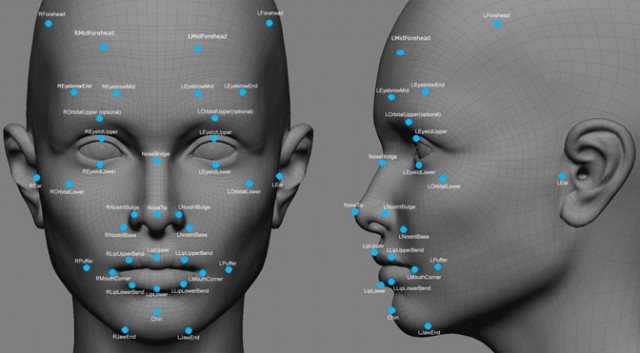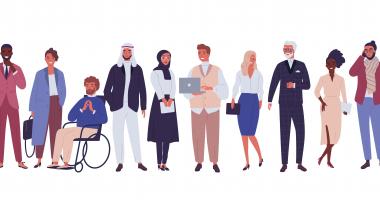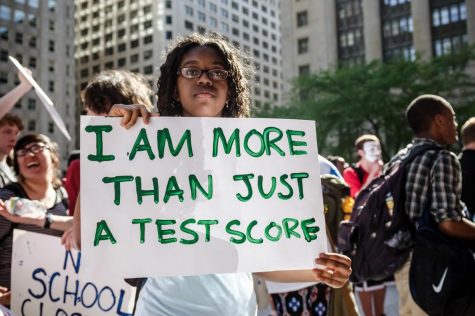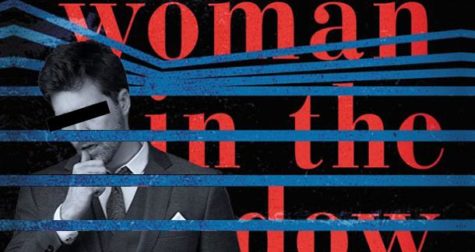Using Facial Recognition Technology in Maryland
June 11, 2019
Shots fired. Five are killed. When officers in Maryland had trouble identifying the culprit behind this atrocity, the state considered interrogating using facial recognition technology.
Facial recognition technology raises hopes and fears. This maturing technology has solved cases, and identified true threats to society yet also blurs the lines of privacy. Not to forget that it is subject to abuse. Facial recognition systems have been used without the public’s knowledge; for instance to search crowds of protestors. April 2015, Freddie Gray sustained injuries inflicted by Baltimore police to his neck and spine. Hundreds of Maryland’s social justice leaders led both peaceful and aggressive protests due to the inadequate arrest and transportation of Gray. A year later, the state was scrutinized because the police department used the extensive facial recognition database of mugshots and drivers license IDS to identify protesters. The police later arrested these identified people, some of which had no part in the violence of the protests.
In 2019, Maryland’s facial recognition technology is an online database of civilian mugshots and IDS from schools and driver licenses, unlike other countries where there are drones and robots, tracking faces and adding them into a more advanced system. If Maryland invests more into high-tech facial recognition technology, I would want to know
- People will not be arrested solely on facial recognition technology because studies show that is not a 100% reliable source
- Who has access to my facial data
- Where is this data stored
- How long are facial records and images held
- What is the purpose: safety, surveillance, convenience, tracking
Maryland is making progress in identifying the logistics of this technology. For instance, the state has passed The Face Recognition. The act mandates the face recognition only be used for legitimate law enforcement purposes and that the state may not use the technology is there is no court order.
No one wants to live in George Orwell’s 1984. If facial recognition is used as a tool for law enforcement, the true motive for this technology must be identified. Is it for safety or surveillance? Acts like The Face Recognition Act must be followed thoroughly. Other acts must be proposed and constantly enforced. In the Freddie Gray case, there were real threats of dangerous rioters but there were also peaceful protesters who were unjustly arrested. If pursued and invested in, facial recognition technology must be carefully monitored.
Should we ban facial recognition? From companies to cities, debate over privacy rages on
Facial Recognition: Dawn of Dystopia or Just the New Finger Print https://www.nytimes.com/2019/05/18/us/facial-recognition-police.html
What we know about Maryland’s controversial facial recognition database
https://techcrunch.com/2018/06/29/capital-gazette-maryland-face-recognition-mirs-law-enforcement/
Are Government’s Right to Ban Facial Recognition Technology?
https://www.govtech.com/products/Are-Governments-Right-to-Ban-Facial-Recognition-Technology.html







